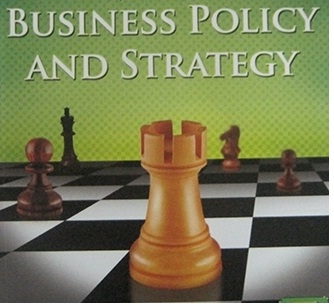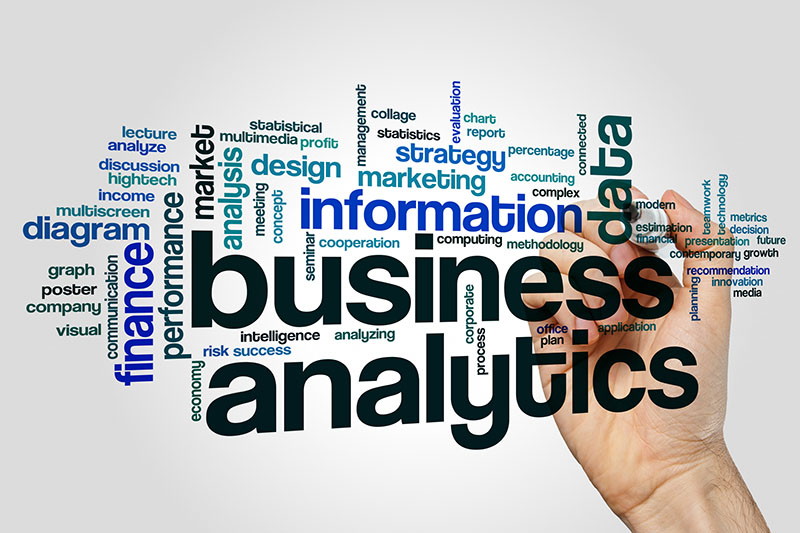- Teacher: Dr PAYAL PATTNAYAK

ST.MARYS COLLEGE
YOUSUFGUDA, HYDERABAD - 500045
DEPARTMENT OF MANAGEMENT
III YEAR II Semester
COURSE HANDOUT
|
Course Code |
: |
603 |
||
|
COURSE TYPE |
|
DSC 3A |
||
|
Course Title |
: |
|
||
|
Course Structure
|
:
|
Lectures |
Credits |
|
|
5 |
5 |
|||
|
Course Instructor-In-Charge |
: |
Mr. M.Satya Swaroop Roy, Assistant professor |
||
COURSE OBJECTIVE:
To acquaint the students with understanding the business environment and design strategies to meet challenges. It focuses on designing plans and policies.
COURSE OUTCOMES:
CO1:The student will be able to recognize and identify at which
level the strategic decisions are
made.
CO2:The students will be able to analyze the suitable strategies
adopted by the various firms in
the real life.
CO3:The students will be able to craft business strategy and
apply analysis to make sound
strategic decisions.
CO4:To develop the skill and talent in the students to think strategically about the policies of the company.
CO5:The students will be able to gain an insight about the stages of industry life cycle and can use this to predict the future of the organization.
CO6:The students will be able to reason out the strategic options carefully.
CO7:The students will get hands on how to formulate strategies
keeping in mind the
competitive analysis.
CO8:The students will be able to tailor a strategy to suit the
specific need and requirements of
an industry.
CO9:The students will be able to know about the managerial tasks
associated with
implementing the company strategies.
mechanisms.

- Teacher: SATYA SWAROOP ROY MEDAPATI
Course Objective:
The objective of the course is to provide an understanding of basic concepts of Business Analytics like
Descriptive, Predictive and Prescriptive Analytics and an overview of Programming using R.
Course Outcomes:
CO 1 Develop a basic understanding on business analytics and the types of business analytics.
CO 2 Identify and categorize of business analytics, descriptive, predictive, and prescriptive.
CO 3 Understand the various business analytics in practice.
CO 4 Students can prepare tables and execute the results using Ms- excel.
CO 5 Students can have a brief understanding on the various aspects of descriptive statistics.
CO 6 Understand the different measures of central tendency and measure of variability.
CO 7 Understand and explain the nature of predictive analytics.
CO 8 Identify the various forecasting techniques.
CO 9 Understand data mining and its applications and techniques.
CO 10 Understand and explain the regression analysis –linear and multiple.
CO 11 Understand linear optimization.
CO 12 Student will understand how to solve a linear program using open solver.
CO 13 Understand modern approaches to decision-making under uncertainty.
CO 14 Understand the R-Environment.
CO 15 Understand the R-Package.
CO 16 Students will be able to reading and writing data in R.
SCOPE OF THE COURSE:
Business analytics have become vital for the growth and development of the companies of today. Large investments are being made in big data analysis to make better business decisions from past data this past data is being generated by different sources such as business people,marketing,education,engineering etc business analytics plays a very important role by using statistics and tools to decode consumer insights.
UNIT - I: INTRODUCTION TO BUSINESS ANALYTICS:
Definition of Business Analytics, Categories of Business Analytical methods and models, Business Analytics
in practice, Big Data - Overview of using Data, Types of Data.
UNIT - II: DESCRIPTIVE ANALYTICS:
Over view of Description Statistics (Central Tendency, Variability), Data Visualization-Definition,
Visualization Techniques – Tables, Cross Tabulations, charts, Data Dashboards using Ms-Excel or SPSS.
UNIT - III: PREDICTIVE ANALYTICS:
Trend Lines, Regression Analysis –Linear & Multiple, Forecasting Techniques, Data Mining -Definition,
Approaches in Data Mining- Data Exploration & Reduction, Classification, Association, Cause Effect
Modeling.
UNIT - IV: PRESCRIPTIVE ANALYTICS:
Overview of Linear Optimization, Non Linear Programming Integer Optimization, Cutting Plane algorithm and
other methods, Decision Analysis – Risk and uncertainty methods.
UNIT - V: PROGRAMMING USING R.
R Environment, R packages, Reading and Writing data in R, R functions, Control Statements, Frames and
Subsets, Managing and manipulating data in R.
TEACHING METHODOLOGY:
· Lecture & Discussion method
· Problem Solving
· Power Point Presentations
· Case Study Analysis
ASSIGNMENT:
The students will be asked to prepare a presentation of Business Analytics of any Business of their choice.
GUIDELINES ON CLASS PARTICIPATION:
· Students are requested to be in class before Lecturer comes into the class room
· Late entries (After 5 Minutes) into the class are strictly prohibited.
ASSESSMENT SCHEDULE:
· There will be 2 internal exams of 15 marks each and one Assignment of 5 marks.
· Internal Exam Pattern: 10 MCQ type questions, 10 Fill in the blanks and 5 short answer type.

- Teacher: JAYASREE M
DEPARTMENT OF MANAGEMENT
III YEAR VI Semester
COURSE HANDOUT
|
Course Code |
: |
601 |
|
|
COURSE TYPE |
|
SEC |
|
|
Course Title |
: |
INTELLECTUAL PROPERTY RIGHTS (IPR) |
|
|
Course Structure |
:
|
Lectures |
Credits |
|
2 |
2 |
||
|
Course Instructor-In-Charge |
: |
Mr. M.Satya Swaroop Roy, Assistant professor |
|
COURSE OBJECTIVE:
This course offers an understanding into IPRs. It focuses on Infringement of IPR and its remedies.
COURSE OUTCOMES:
CO1:The student will gain an insight about the different kinds of Intellectual Property along with their economic importance.
CO2:The student will be able to demonstrate
knowledge and understanding of the
appropriate procedures for
obtaining intellectual property protection.
CO3:The
students will be able to differentiate between Trade Marks and Patents
and their registration process.
CO4:The student will be able to understand
the legal and practical steps needed to
ensure that intellectual property
rights remain valid and enforceable.

- Teacher: SATYA SWAROOP ROY MEDAPATI